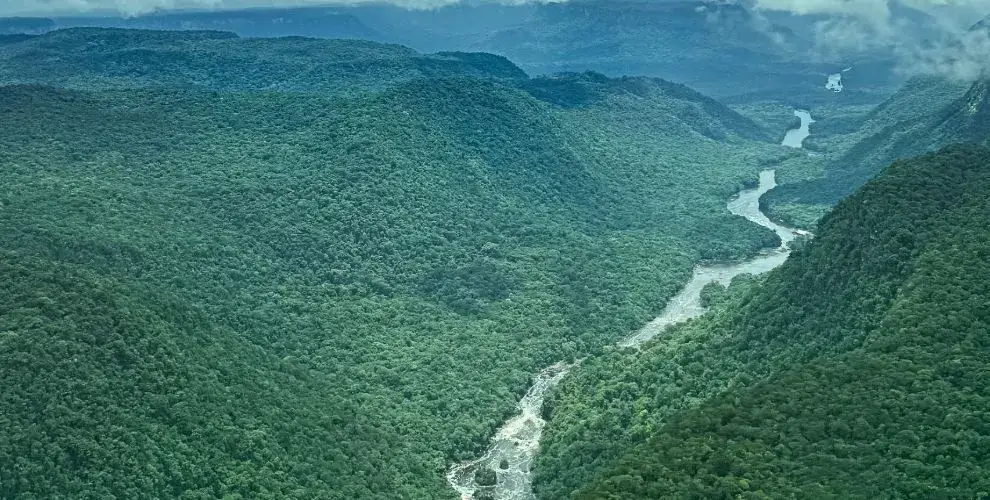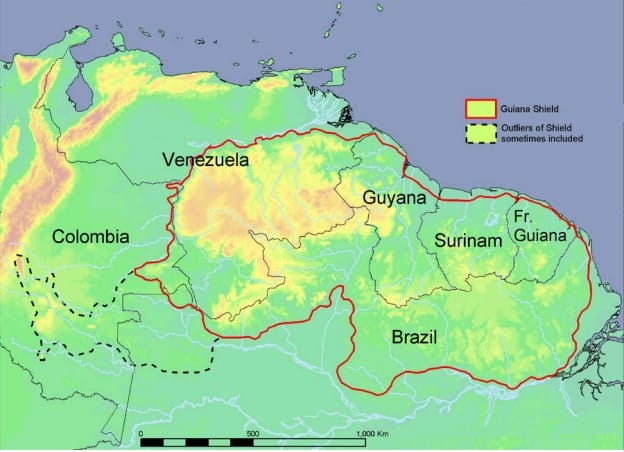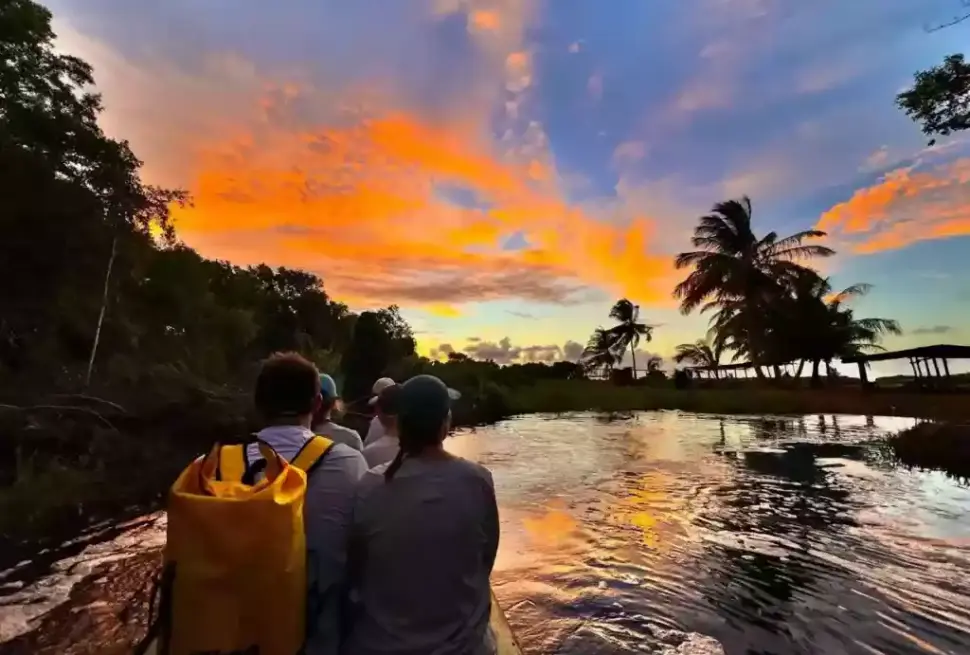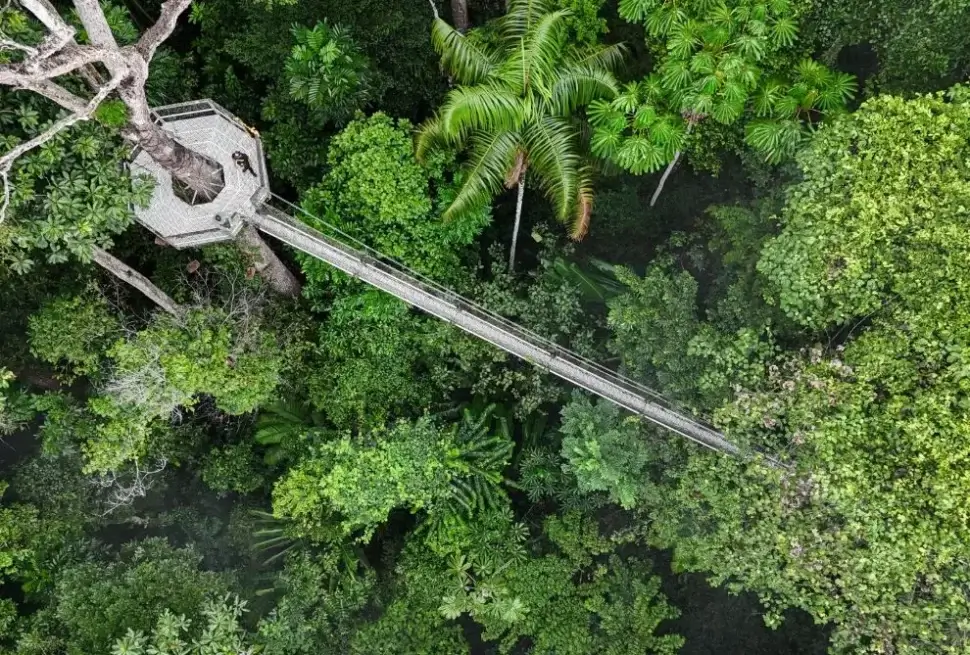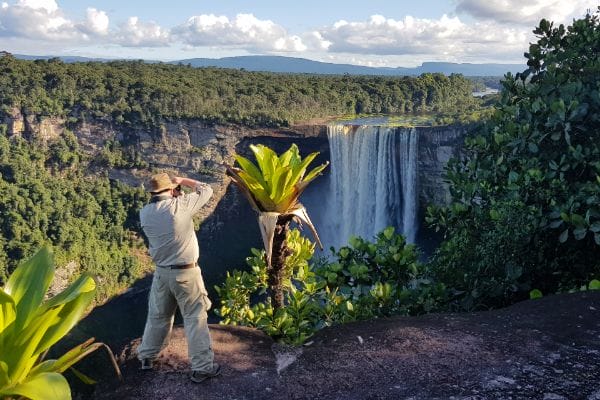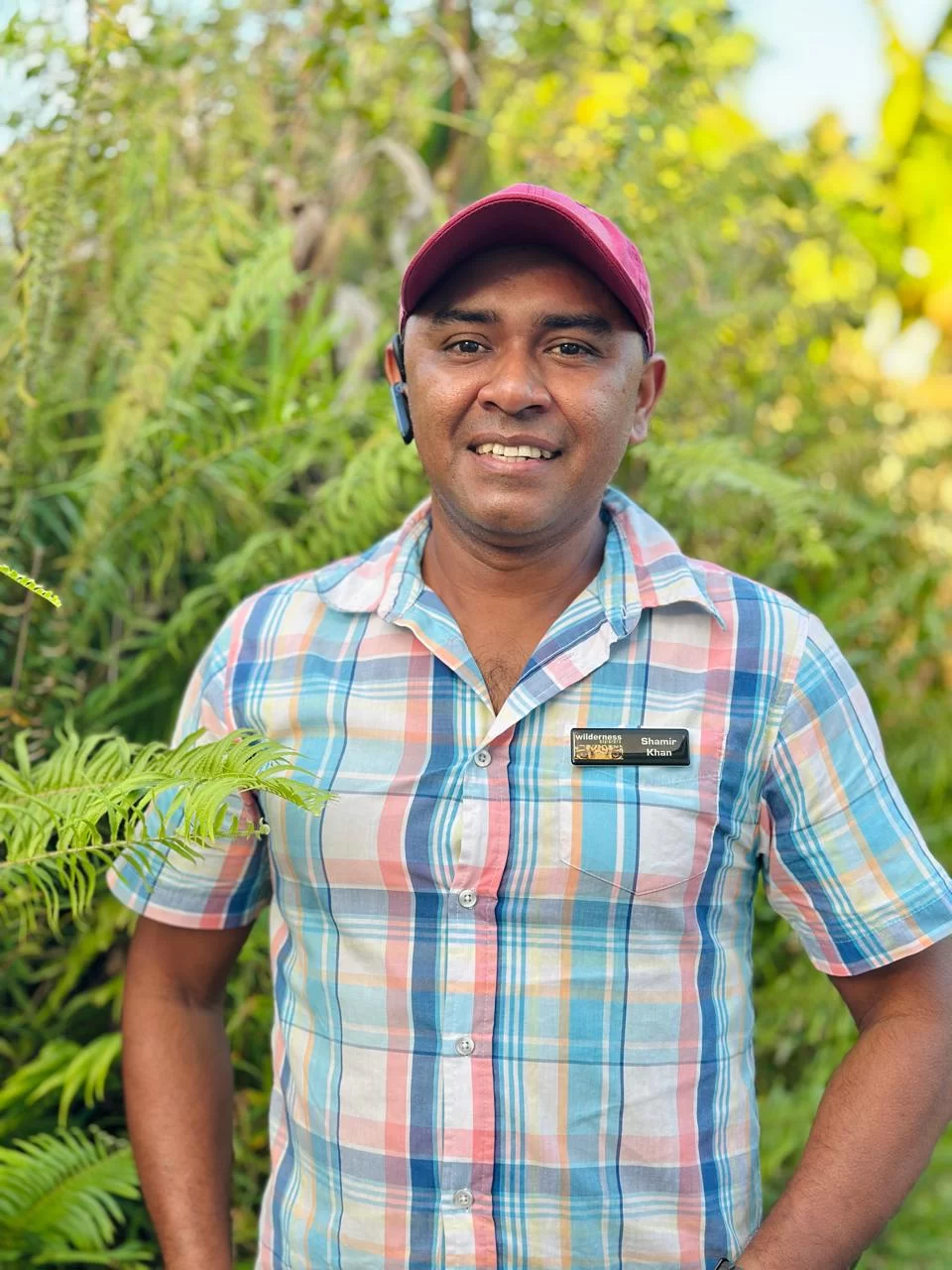A Biodiversity Hotspot
Nestled along South America’s northern coast, Guyana boasts an exceptional level of forest cover, making it a critical player in Amazonian conservation and a potential haven for those seeking nature’s healing touch. This nation lies within the Guiana Shield, a 1.7-billion-year-old geological formation encompassing roughly 25% of the Amazon biome. This ancient landscape features diverse ecosystems, from lowland and submontane forests to unique flat-topped mountains called tepuis.
Remarkably, approximately 82% of Guyana is blanketed by humid primary forest and gallery forests, according to the World Resources Institute (WRI). This is the highest percentage in South America, excluding its neighbours Suriname and French Guiana. In contrast, other Amazonian countries have primary forest cover ranging from 35% to 52%. Overall tree cover in Guyana exceeds 90%, and encouragingly, both primary forest loss and overall tree cover loss have been declining in recent years.
Guyana’s low population density, with only about four people per square kilometre (according to the World Bank), contributes to its pristine, seemingly untouched, environment.
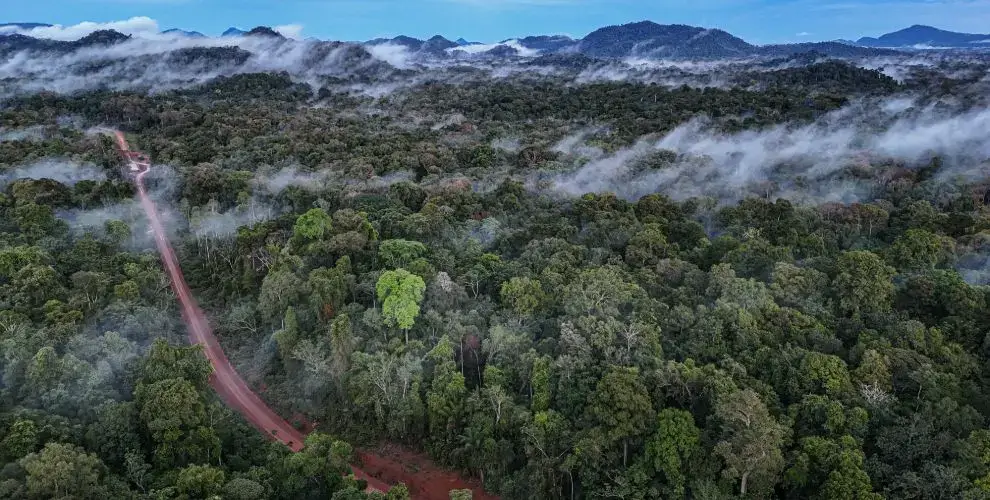
The Low Carbon Development Strategy (LCDS) in Action
Guyana’s commitment to preserving its forests demonstrates a valuable example of how nations can safeguard vital ecosystems within the Amazon. Guyana’s Low Carbon Development Strategy (LCDS) 2030 continues its mission to balance economic growth with environmental sustainability, originally set in motion in 2009. It focuses on acknowledging the vital role of tropical forests in fighting climate change and conserving biodiversity.
Since its finalization in July 2022, the strategy has seen significant achievements:
- Amerindian and Hinterland Development: Investment from carbon credit sales, including the Guyana-Norway Agreement. The Land Titling project has issued titles and demarcations, halfway to its target.
- ICT Hubs: 111 out of 200 planned hubs were completed in remote areas, with 71 already connected to the internet, including 51 to Starlink. All hubs are set to be connected by the end of 2025.
- Village Sustainability Plans: 15% of carbon credit revenues are managed by villages, funding over 1,300 projects in agriculture, tourism, social protection, and more. 242 villages have received over $ 9.5 billion in Guyana dollars in revenues from carbon credits.
- Climate Adaptation: Major upgrades to drainage and irrigation systems, including new canals and drenches, represent the largest investment in climate resilience in Guyana’s history.
The strategy is also advancing in areas such as sustainable cities, water management, and biodiversity conservation.
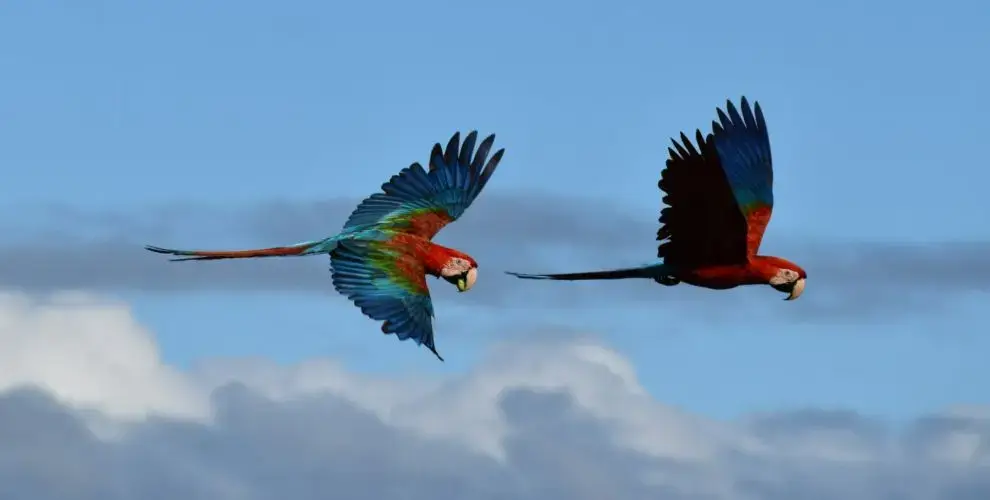
Frequently asked questions:
1. What factors contribute to Guyana’s pristine and untouched environment?
Answer: Over 80% forest coverage provides a lush and vibrant natural environment. Conservation efforts: Guyana’s untouched forests have one of the lowest global deforestation rates. Interconnected species: Local conservation efforts are essential to maintain ecosystems and protect biodiversity. Lastly, a low population density also contributes to the pristine and untouched environmental impact.
2 . What unique wildlife can visitors discover in Guyana?
Answer: Visitors come to Guyana hoping for glimpses of giants such as jaguars, arapaima (the world’s largest-scaled freshwater fish), giant anteaters, harpy eagles, capybaras, giant river otters, black caimans and the world’s largest lily, Victoria Amazonica. Of course, seeing one of these giants is up to luck and chance, there are no guarantees however the probability is quite high for some and you can go to specific areas that are known for spotting one of the eight various giants.
3. How much of Guyana’s land is covered by forests?
Answer: About 85% of Guyana’s land area is covered by forests. Guyana’s forests are rich in biodiversity and contain over a thousand different species of trees. Hence, approximately 85% of its total land area is blanketed by forests (18.5 million hectares) In 2012, Guyana recorded a deforestation rate of less than 1%.
4. What is the Low Carbon Development Strategy (LCDS) in Guyana?
Answer: This is a national strategy launched in 2009, the first of its kind. It aims to provide a framework for achieving long term developmental goals using green growth strategies that are considered low carbon and thus non-polluting. This strategy provides an opportunity for the country to maintain its high forest cover.
5. What is the purpose of the ICT hubs being established in remote areas of Guyana?
Answer: Many of the villages in Guyana’s interior are so remote that they are not connected to electricity sources let alone internet connectivity. With the ICT hubs being rolled out across the country’s interior, it gives villagers an opportunity to learn computer education and information technology for the first time in history. These hubs are typically powered by solar power which rely on the villagers to upkeep and maintain the batteries connected to the solar panels for a longer life span. Now children and adult learners can increase their computer-related skills.
